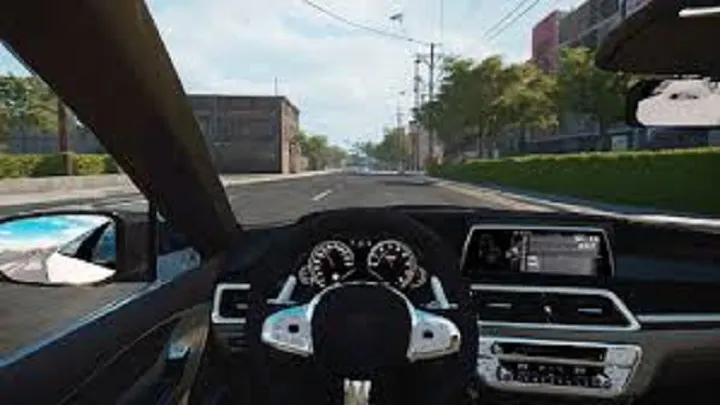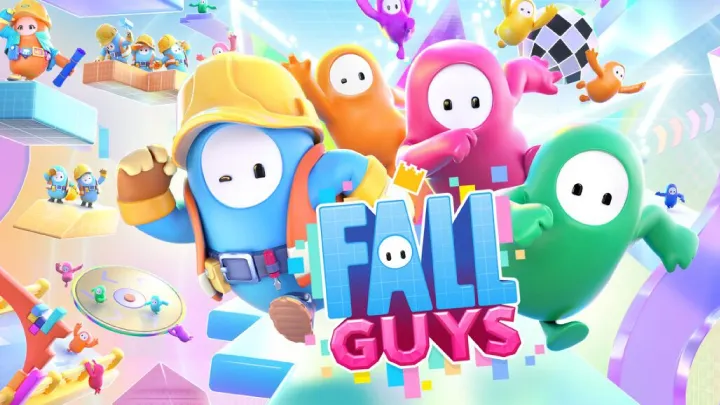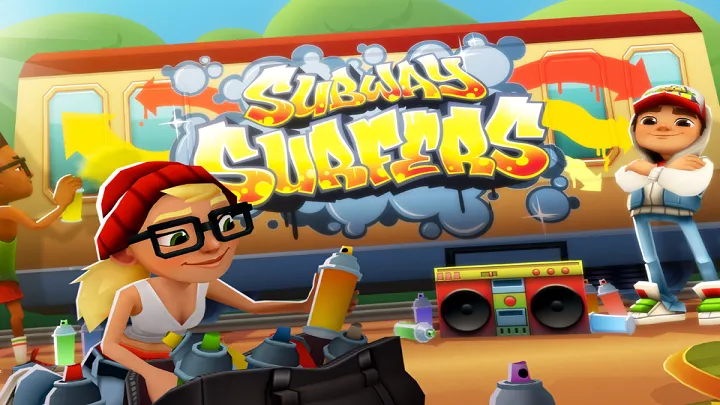Introduction
Car Driving 2025: School Game has quickly gained attention as a driving simulator focused on teaching players the fundamentals of safe and realistic driving. Unlike typical arcade racers, the game emphasizes school-like lessons, structured progression, and real-world mechanics. However, one critical issue that defines the experience—and sometimes frustrates players—is its driving physics. The way vehicles accelerate, brake, and handle corners often sparks debate about whether the game achieves realism or leans into exaggerated simulation. This article dives deeply into the challenge of realism in driving physics, following its impact from early lessons to advanced scenarios.
The First Lessons – Encountering Physics for the First Time
When players begin Car Driving 2025: School Game, they are introduced to basic tasks like starting the car, adjusting mirrors, and driving in a straight line. It is here that the game’s physics engine first becomes noticeable.
At low speeds, cars feel heavy and slow to respond. While this may mimic real vehicles, new players often find it clunky compared to smoother arcade experiences. This first impression shapes how players view the game’s realism, creating both appreciation and frustration.

Early-Match Driving – Learning to Brake Properly
One of the first major tests of driving physics comes in braking exercises. The game requires players to stop within tight zones, exposing how the brake system is tuned.
Issues with Braking Realism
- Brakes feel overly sensitive, locking wheels too easily.
- Stopping distances often exceed real expectations.
- Light taps can create unnatural skids.
This balance between teaching players precision and frustrating them with exaggerated stopping mechanics becomes one of the earliest sticking points.
Mid-Game Progression – Handling Corners
As lessons advance, cornering becomes the primary test of physics realism. Cars in Car Driving 2025 often understeer dramatically, pushing wide in turns.
While this reflects some real-world driving, the exaggeration makes learners feel like they are constantly failing despite correct technique. This is especially evident when using vehicles meant for tighter handling, such as compact cars, which still feel sluggish in corners.
Acceleration and Vehicle Weight
Acceleration is another area where physics realism creates challenges. Cars take a long time to build speed, even when flooring the accelerator.
Problems with Acceleration Physics
- Cars feel heavier than their class suggests.
- Small vehicles accelerate almost as slowly as trucks.
- Speed build-up does not match real-world references.
This creates an uneven learning curve where patience becomes more important than actual driving skill, breaking immersion for some players.
The Highway Test – Speed and Stability
Later lessons place players on highways, testing their ability to maintain speed, overtake, and react to traffic. Here, stability becomes the issue.
Vehicles often feel jittery at higher speeds, with small steering inputs causing dramatic shifts. This creates an artificial sense of danger, as if cars are less stable than they should be. While it increases tension, it also undermines the realism the game strives for.
Weather Conditions and Physics

Car Driving 2025 introduces weather-based challenges such as rain, fog, and snow. These amplify the physics issues already present.
Weather Impact on Driving
- Rain exaggerates sliding even at low speeds.
- Snow makes vehicles nearly undrivable without precision braking.
- Fog affects not just vision but also handling response, which feels unrealistic.
Instead of enhancing immersion, weather often turns into a test of enduring flawed physics rather than mastering realistic adjustments.
Advanced Tests – Parallel Parking and Precision
Precision maneuvers like parallel parking highlight the contrast between realism and game mechanics.
The weighty handling and slow acceleration make small corrections difficult. Players often overshoot or struggle to align despite using proper methods. This raises questions: is the game teaching real skills, or is it teaching players how to adapt to its flawed simulation model?
Multiplayer and Shared Experiences
In multiplayer driving school scenarios, balance becomes even more visible. Some players adapt quickly to the exaggerated physics, while others feel punished despite good driving habits.
The inconsistency leads to mixed experiences: one player may breeze through a lesson using brute-force adjustments, while another fails despite following rules carefully. This gap highlights the tension between realism and accessibility.
Community Reactions to Driving Physics
The community around Car Driving 2025 is divided. Some players praise the realism, seeing it as an authentic simulation that challenges them to be patient. Others criticize the exaggerated handling, claiming it teaches bad habits.
Common Complaints from Players
- Brakes feel broken or inconsistent.
- Cars understeer excessively.
- Weather creates artificial difficulty.
The debate continues online, showing how central the physics system is to the game’s identity.
The Future of Driving Physics in Car Driving 2025
To succeed long term, Car Driving 2025 must refine its physics. The game sits between simulation and accessibility, yet struggles to satisfy either side completely.
Potential Improvements
- Adjust braking systems for smoother, progressive response.
- Differentiate acceleration between vehicle classes.
- Rework weather effects to challenge players realistically.
If these improvements are implemented, Car Driving 2025 could evolve into both a fun school game and a reliable teaching tool.
Conclusion
Car Driving 2025: School Game stands out for its ambition to simulate real driving lessons. Yet its physics system creates tension between realism and playability. From heavy acceleration to exaggerated braking and understeering corners, the mechanics often feel more punishing than educational. While some embrace the challenge, others see it as a barrier to learning true driving skills. The game’s future depends on whether it can refine physics into a balance between authenticity and fun, ensuring that players not only feel the weight of the wheel but also the joy of mastering it.

















